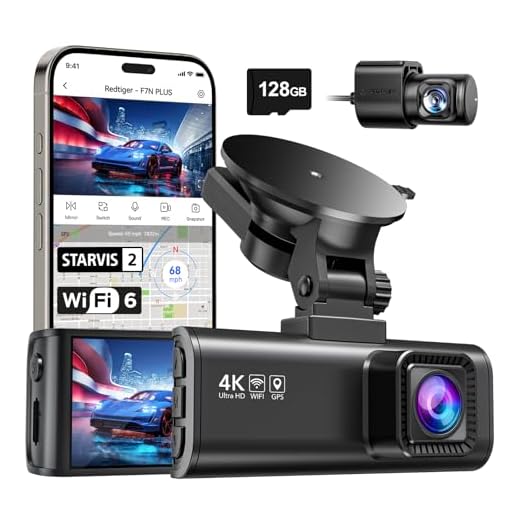


Have you ever wondered how your security camera app is able to connect to your camera and stream live footage? It might seem like magic, but in reality, there’s a complex process happening behind the scenes to make it all possible.
When you open your security camera app and tap on the “connect” button, a series of steps are initiated to establish a connection between your app and your camera. One of the key components in this process is the use of IP (Internet Protocol) addresses.
Each device connected to the internet, including your security camera and your smartphone, has a unique IP address that serves as its identifier on the network. By using these IP addresses, your app is able to locate your camera and establish a direct connection to it, allowing you to view the live feed from anywhere in the world.
How Security Camera App Locates Camera
When you open a security camera app on your device, it needs to locate your camera to establish a connection. The app uses various methods to find your camera, such as scanning your local network for devices, using Bluetooth or Wi-Fi signals, or accessing your camera’s unique IP address. Once the app identifies your camera, it can establish a secure connection for you to view live footage or access recordings remotely. This process ensures that only authorized users can access the camera’s feed and control its settings.
Camera Registration Process
When you first install a security camera app on your device, the app will guide you through the camera registration process. This process typically involves connecting your camera to the app via a Wi-Fi network. The app will search for available cameras on the network and once it finds your camera, it will prompt you to enter a unique identifier or scan a QR code to pair the camera with the app. Once the camera is successfully registered, you will be able to view live feeds and access other camera settings through the app.
Connection Establishment via IP Address
When you open your security camera app, it sends a request to your camera’s IP address to establish a connection. The app uses the IP address of the camera to locate it on the network and communicate with it. The camera responds to the app’s request, allowing the two devices to establish a connection for live streaming or viewing recorded footage.
Utilization of QR Code
One common method for security camera apps to find and connect to your camera is through the use of a QR code. When you first set up your security camera, it will generate a unique QR code that contains all the necessary information for the app to identify and pair with your camera.
By scanning the QR code with your smartphone or tablet camera, the security camera app can quickly and easily establish a connection with your camera. This streamlined process eliminates the need for manual configuration and ensures a secure and efficient setup.
GPS Location Tracking
One of the key features that allows your security camera app to find your camera is GPS location tracking. This technology uses signals from satellites to determine the exact location of your camera. When you set up your security camera, you typically input the camera’s location or enable GPS tracking on the device. The app then uses this information to pinpoint the camera’s location on a map.
GPS location tracking is essential for various functions of the security camera app, such as geofencing, motion detection, and remote access. By knowing the precise location of your camera, the app can send you alerts when there is motion detected in a specific area, or allow you to access the camera feed remotely from anywhere in the world.
Cloud-Based Server Communication
When you open your security camera app, it communicates with a cloud-based server to find your camera. The app sends a request to the server, which then identifies your camera based on a unique identifier assigned to it during the setup process.
The server acts as a central hub for all connected cameras, storing information about each device and facilitating communication between the app and the camera. Once the server locates your camera, it establishes a connection between the app and the device, allowing you to view live footage and access other camera features.
Encryption and Authentication Protocols
When your security camera app communicates with your camera, it uses encryption and authentication protocols to ensure secure and private communication. These protocols play a crucial role in establishing a secure connection between your app and camera.
- Encryption: Encryption protocols like SSL/TLS are used to encrypt the data exchanged between your app and camera. This ensures that even if a third party intercepts the communication, they won’t be able to decipher the data.
- Authentication: Authentication protocols like OAuth or token-based authentication are used to verify the identities of your app and camera. This helps in preventing unauthorized access to the camera feed or controls.
- Secure Key Exchange: During the initial setup, a secure key exchange protocol is used to establish a shared secret key between your app and camera. This key is then used for encrypting and decrypting the data during communication.
By implementing robust encryption and authentication protocols, your security camera app ensures that only authorized users can access and control the camera, protecting your privacy and security.







